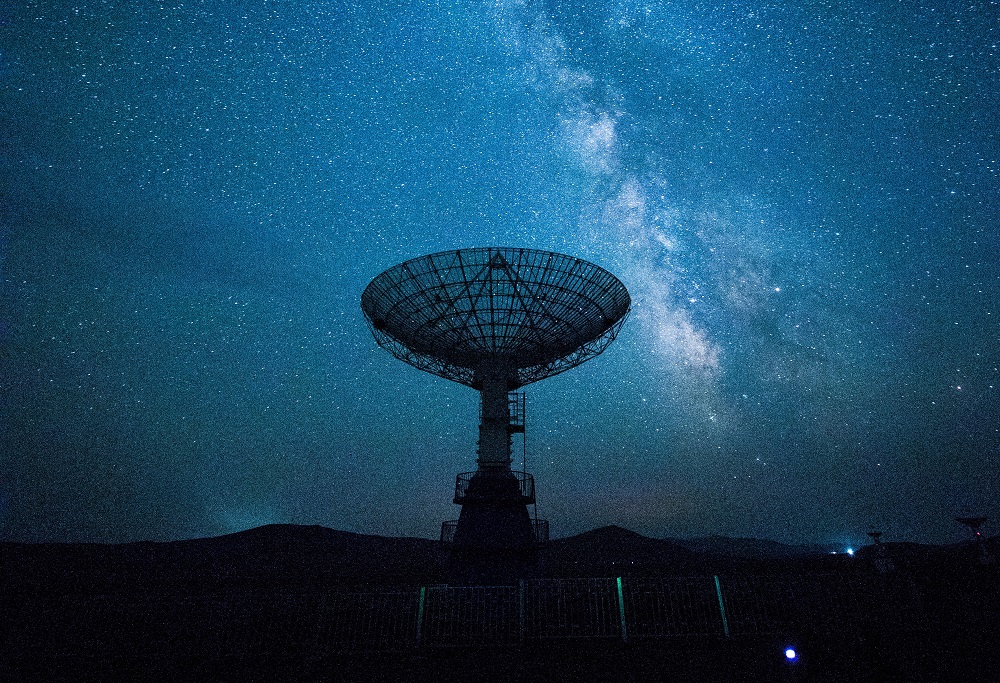
Australia is a lucky country when it comes to the potential opportunities for space launch. Its geography means that sites close to the equator, which are sparsely populated and enjoy stable weather patterns, are ideal for establishing a sovereign launch capability. Launching close to the equator enables a rocket to gain velocity from the earth’s rotation, making it less expensive to get a payload into equatorial orbit. Australia should not waste this competitive advantage.
In my new ASPI report, Australia’s north and space, released today, I discuss the importance of northern Australia to our space future. Both the Northern Territory and Queensland are well placed for launches, with two major sites. The Arnhem Space Centre at Nhulunbuy, near Gove in the NT, and Abbot Point at Bowen in Queensland are being established to derive maximum benefit from Australia’s geography. Others have been suggested, including a proposed launch site near Weipa in northern Queensland known as Space Centre Australia.
The report also examines Western Australia’s role in space. The state’s south coast favours launch into polar and sun-synchronous orbit, and a proposed privately owned launch site at Albany is being promoted as a future option by WA Spaceport.
The report notes that South Australia is well placed for launch into polar and sun-synchronous orbit, and Southern Launch is finalising its site at Whalers Way to support orbital launches.
All three northern states are also well placed to support space activities besides launches, including ground facilities such as spacecraft telemetry, tracking and control, space domain awareness, and payload development and integration. Co-location of ground elements close to launch sites in space hubs makes great sense. The development of such hubs will help the commercial space industry to expand and reduce the length of supply chains.
What could emerge is a complete space ecosystem spanning from design and fabrication of launch vehicles and satellites, through to payload integration, launch and post-launch support of space activities. That brings the potential of ‘space coasts’—where commercial space activity is concentrated and enjoys rapid growth—as the launch market expands to service megaconstellations of satellites in earth orbit, as well as lunar logistics.
The report begins by looking forward 20 years, suggesting a future scenario where Australia’s space sector is contributing to establishing a permanent human presence on the moon, with Australian astronauts on the lunar surface. In this scenario, launch sites across the country could support humanity’s future in space with regular launches and a flourishing space industry near them. It’s a future that goes beyond the dreams of the early leaders of the Australian space industry—and the plans of the Australian Space Agency—but it’s within our grasp.
That positive look forward presents a starting vision of where Australia as a nation should aim to be in space. However, there are challenges ahead if we are to achieve that vision. Without a national space policy, negative competition could develop between states rather than national coordination. The absence of a national space strategy must be addressed. The report lays the foundations for two follow-on papers—one on a national space strategy and the other making the case for space—to be released by the end of 2023.
The report also notes worrying cuts in government funding for space, most notably the cancellation of the national space mission for earth observation. That, combined with cutbacks in funding for space projects in the 2023–24 budget, and the lack of progress on a national space policy, is causing concern within the space sector about the risk of momentum being lost. It’s vital that Australia’s space community work together to avoid that outcome. Failure to do so will see us slip back into dependency as that positive future fades away.
The report notes the importance of Defence’s focus on space as an operational domain and argues that a sovereign launch capability is necessary to allow Australia to share more of the burden in orbit and strengthen space deterrence through increased resilience and assured access. Australia must do more than simply provide ground-based support of allied space capabilities. It must directly increase its own role in space by expanding space domain awareness and, most importantly, establishing a sovereign launch capability.
A sovereign launch capability will avoid the risks of overdependency on foreign capabilities and ensure responsive space access for both Australia and its allies. It will also allow for quick augmentation, and if necessary, reconstitution, of space capability in a conflict.
The commercial space sector, the Australian Space Agency, Defence and the scientific community must together present a coherent and comprehensive case for space to government. This will require the resumption of work towards a national space policy, to be completed within the current term of government. The goal should be one coherent strategy that brings together commercial, civil and defence aspects of Australian space to leverage the country’s natural advantages and that places launch at the centre of national space activities.
A positive space future is out there for us, but it will take all stakeholders to make it happen. Australia can continue to be a rising and important space power, and the momentum gained in recent years need not be lost. The place to start is in the north, and this country must move forward to launch into that future.

